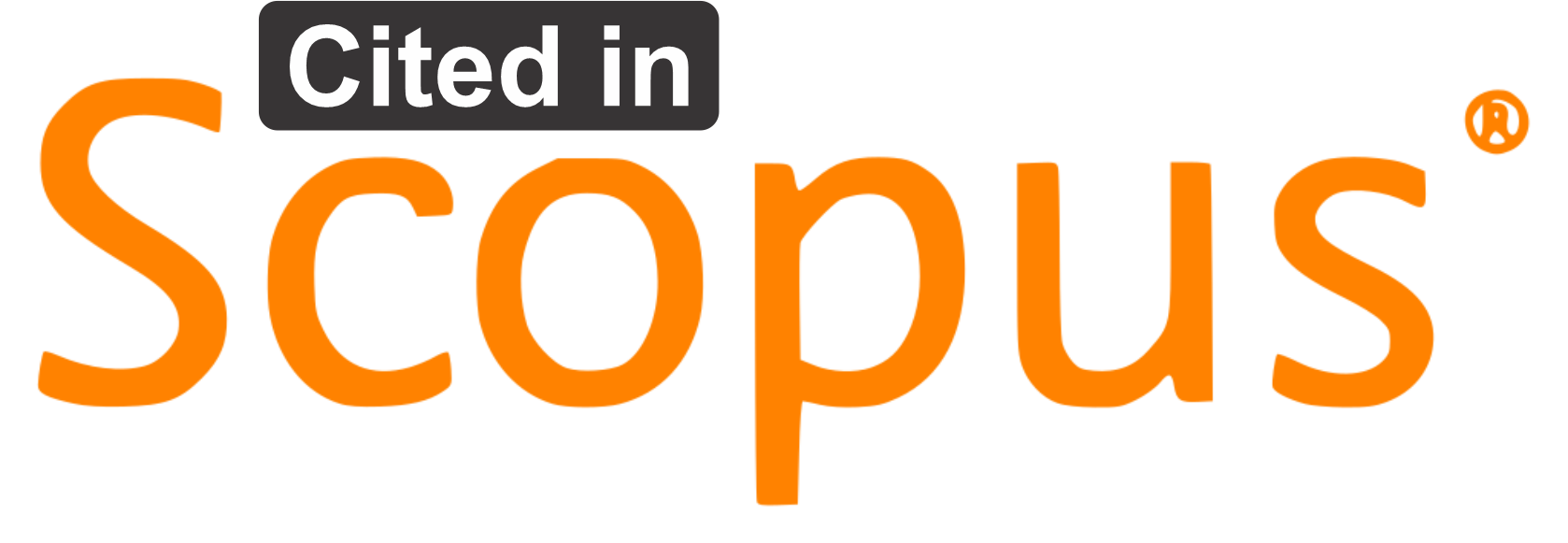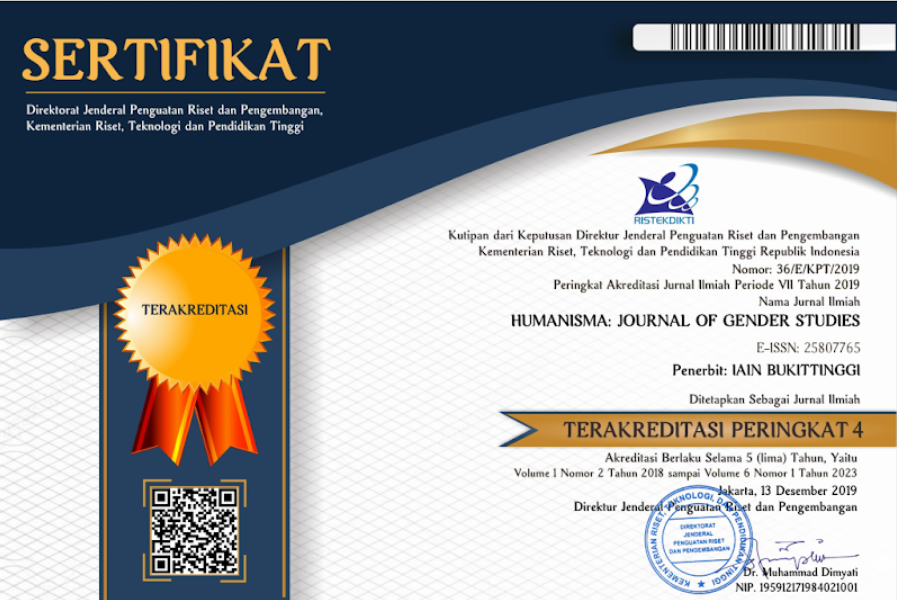FACTORS OF AFFECTING THESIS COMPLETION BY USING CHAID METHOD BASED ON GENDER
DOI:
https://doi.org/10.30983/humanisme.v3i1.1498Abstract
Thesis as one of the requirements to obtain a bachelor degree, ideally it can be completed in one semester, but many students finish the thesis more than the allocated time. This condition is caused by many factors including gender differences, male and female students have many differences especially in the allocation of time to finish a thesis. This research aimed to find out the factors that influence the time needed to finish a thesis and the classification of these factors based on their gender. The factors observed were GPA, gender and competence of the supervisor, types of research used, source of the data  and technique of the data collection. The statistical analysis used was the CHAID method. The result of this study showed that out of 387 male students who have graduated in period I to VI, it was found that the factors which influence them to finish their thesis were GPA. While for female students, out of 1150 data, three factors that influence them were major, sources of data and expertise areas of the main supervisors. Moreover, three characteristics of students who finish thesis longer than 6 months were male students with a GPA less than 3,34, female students from Islamic Education/English Department/Math Department  with the source primary/ secondary data or others, and female students from guidance and couceling department by the psychologist’s/ others as main supervisor.
Keywords: thesis, allocated time to finish thesis, Â CHAID method.
References
Buku Teks
Anggraini, Asih. dkk, (2006), Mengasah Keterampilan Menulis Ilmiah di Perguruan Tinggi, Yogyakarta: Graha Ilmu.
IAIN Bukittinggi, (2015), Pedoman Penulisan Tugas Akhir dan Skripsi, Bukittinggi: LPM IAIN Bukittinggi.
Ormrod, Jeanne Ellis (2008), Psikologi Pendidikan, Jakarta: Erlangga.
Polina, Agnes Maria, Jong Jek Siang (2009), Cara Cepat Menyusun Skripsi Yogyakarta: Andi.
Riadi, Edi (2016), Statistika Penelitian (Analisis Manual dan IBM SPSS), Yogyakarta: Andi.
Santrock, John W, (2014), Psikologi Pendidikan (Edisi 5 Buku 1), Jakarta: Salemba Humatika.
Soemanto, Wasty, (2006), Psikologi Pendidikan (Edisi 5 Buku 1), Landasan Kerja Pemimpin Pendidikan.
Jurnal Ilmiah
Kunto, Yohanes Sondang dan Siti Nurul Hasana, Analisis CHAID Sebagai Alat Bantu Statistika Untuk Segmentasi Pasar, Jurnal Manajemen Pemasaran, Vol. 1, No. 2, h.89
Makalah Ilmiah dan Artikel
S. Dian Cahyawati, dkk, Aplikasi Metode CHAID dalam Menganalisis Keterkaitan Faktor Resiko Lama Penyelesaian Skripsi Mahasiswa, Prosiding, Seminar Nasional Matematika dan Pendidikan Matematika dengan tema “Penguatan Peran Matematika dan Pendidikan Matematika untuk Indonesia yang Lebih Baik†pada tanggal 9 November 2013 di Jurusan PMTK FMIPA UNY, h. 47.
Referensi Online
Gallagher, Cecily A, dkk, “an Iterative Approach To Classification Analysisâ€, http://www.Casact.org/pubs/dpp/dpp90/90dpp237. pdf .diakses 13 maret 2017. h242
Lehmann, Dietrich Eherler & Thomas. Responder Profiling with CHAID and Dependency Analysis.
https://pdfs.semanticscholar.org/4536/a9350179566c6e47b0ff9b283457aa6c75b0.pdf. diakses tanggal 13 Agustus 2018.
Downloads
Published
How to Cite
Issue
Section
Citation Check
License
Authors who publish with this journal agree to the following terms:
- Authors retain copyright and grant the journal right of first publication with the work simultaneously licensed under a Creative Commons Attribution-ShareAlike 4.0. that allows others to share the work with an acknowledgment of the work's authorship and initial publication in this journal.
- Authors are able to enter into separate, additional contractual arrangements for the non-exclusive distribution of the journal's published version of the work (e.g., post it to an institutional repository or publish it in a book), with an acknowledgment of its initial publication in this journal.
- Authors are permitted and encouraged to post their work online (e.g., in institutional repositories or on their website) prior to and during the submission process, as it can lead to productive exchanges, as well as earlier and greater citation of published work (See The Effect of Open Access).







